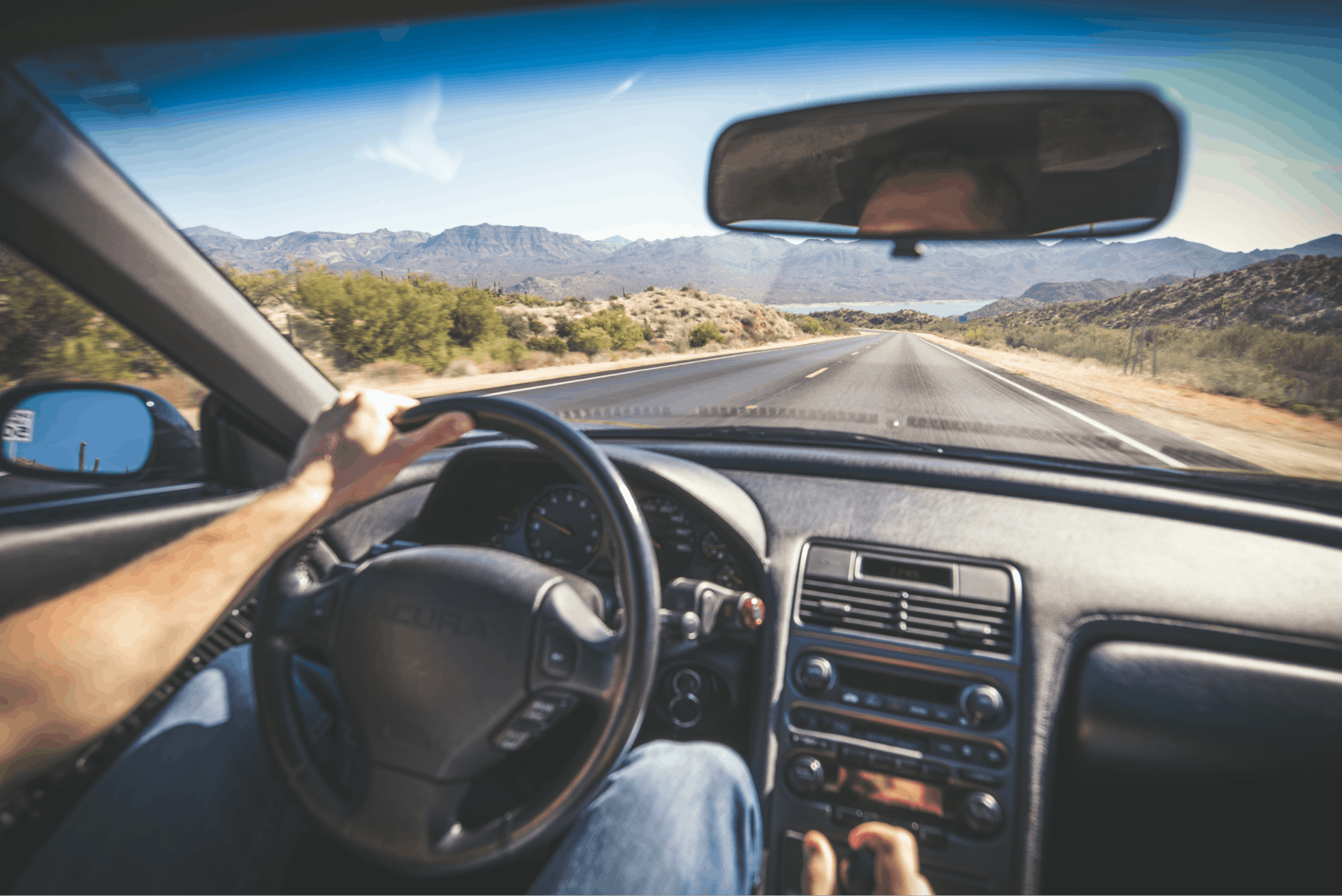All prices shown here are representative of stock condition vehicles only and based on various data sources, as detailed in About Our Prices. Value adjustments for optional equipment are in U.S. dollars. More information on how forecast models are calculated can be found on Forecasted Values page. For additional information and a complete description of benefits, visit hagerty.CA/legal. Purchase of insurance not required for membership in HDC. Hagerty, Hagerty Valuation Tools & Hagerty Drivers Club are registered trademarks of the Hagerty Group LLC, ©2025 The Hagerty Group, LLC. All Rights Reserved.
1950 Buick Super Model 56R
2dr Riviera Hardtop
8-cyl. 263cid/124hp 2bbl
#1 Concours condition#1 Concours
#2 Excellent condition#2 Excellent
#3 Good condition#3 Good
$32,200 CAD*
+5.2%
#4 Fair condition#4 Fair
Apr 2025
Let us watch the market for you
We update the Hagerty Price Guide each quarter. Sign up for alerts and we'll notify you about value changes for the cars you love.
1949-1953 Buick Super stats
Highest sale
$211,130 CAD
Lowest sale
$3,596 CAD
Most recent sale
$44,130 CAD
Sales
165
Photos
10 photosImages may not reflect selected vehicle.
Past sales
$30,800 CAD
1949 Buick Super Model 56S
Standard
North America
Jan 21, 2025Barrett-Jackson
View details
$40,150 CAD
1951 Buick Super Model 59
66902 M
Automatic
North America
Jan 10, 2025Mecum Auctions
View details
$18,150 CAD
1949 Buick Super Model 56S
Standard
North America
Oct 10, 2024Barrett-Jackson
View details
$22,575 CAD
1949 Buick Super Model 56C
62000 M
Standard
North America
Sep 23, 2024Bring a Trailer
View details
$3,300 CAD
1951 Buick Super Model 59
28187 M
Automatic
North America
Sep 5, 2024Mecum Auctions
View details
$4,950 CAD
1951 Buick Super Model 59
49222 M
Automatic
North America
Jul 24, 2024Mecum Auctions
View details
Insurance
Protect your 1950 Buick Super from the unexpected.
Better coverage built for classics at a price you can afford. Online quotes are fast and easy
Model overview
Model description
The Buick Super obtained a new body for 1950, placed on a new 121.5-inch wheelbase (125.5 inches for series 52 four door sedans). The “Woody” station wagons still not only had real wood, but it was actually an integral part of the structure.
Engines were bored out to 263.3 cubic inches for 1950 Buick Supers, resulting in 124 to 128 hp. The more powerful engines employed a higher compression ratio and were for exclusive use on Dynaflow automatic cars.
For 1950, the front end also was new with split bumpers and with the grille “teeth” extending from hood down between the bumpers. The cars’ foundation was a massive X-braced frame of girder steel. Body styles for 1950 included two lengths of four-door sedan, convertible coupe, Riviera hardtop coupe, two-door Jetback Sedanette, and Estate Wagon.
The 1951 and 1952 Buick Supers were broadly similar to each other in styling. 1951 body styles again included two lengths of four-door sedan, convertible coupe, Riviera two-door sedan, DeLuxe two-door sedan and station wagon. Oddly enough, the very popular hardtop two-door body style was exclusively sold as the larger Roadmaster Series only.
1952 body styles included only the long wheelbase four-door sedan, convertible coupe, Riviera hardtop coupe (returning to the fold) and station wagon.
1953 cars retained the two wheelbases, with the longer exclusively for the four-door sedan, and the short retained for the convertible coupe, Riviera hardtop coupe and station wagon. The cars were broadly redesigned in the front end and tail with different trim. The biggest news for the 1953 Buick Super was under the hood with an all-new and entirely modern 322 cid valve-in-head V-8 engine entirely developed and engineered by Buick Division.
The new V-8 produced up to 170 hp for Dynaflow-equipped Supers, and 164 for standard shift Supers. By this time, however, the majority of new Buicks utilized the Buick Dynaflow automatic drive. Power steering became a new extra cost option on the 1953 Super, having first been introduced on the 1952 Roadmaster as an option.
The popularity of the Super with the new V-8 engine proved spectacular, with sales increases of over 40 percent seen year-on-year. 1953 proved to be the last year of wood structured station wagons, with Buick having the honors of being last to change to steel wagon bodies in 1954.
Vehicle specifications
- Shipping Weight3790 lbs
- Vehicle Length204 in
- Wheelbase - Inches121.5 in
Find more values
Search for prices of other cars, trucks, vans and motorcycles
Common Questions
The value of a 1950 Buick Super Model 56R can vary greatly depending on its condition, mileage, options, and history. Typically, you can expect to pay around $22,500 USD for a 1950 Buick Super Model 56R in good condition with average spec.
Many factors can increase a car's value including excellent condition, exceptional originality, a recent restoration, low mileage, unique provenance, desirable options, popular or unique color choices, and excellent maintenance records. Upgrades and modifications that enhance performance or aesthetics can also add value.
Factors that can decrease a car's value include unusually high mileage, poor maintenance history, visible wear and tear, accidents or damage, title issues, and gaps in ownership history. Additionally, less popular color choices and extensive modifications that don't appeal to a broad audience can reduce value.
Mileage plays a significant role in a classic car’s value. Lower mileage usually increases value because it indicates a higher degree of originality, is rarer, and suggests less wear and tear. However, cars with exceptionally low mileage may also have maintenance needs due to lack of use. Whether someone should pay more for a vehicle with lower miles will depend on how they plan on using it, and the vehicle's specific condition.
The value of modified cars differs widely based on the type and quality of modifications. While some modifications can significantly increase value, especially performance enhancements and high-quality custom work, others may not add much or could even detract from the car’s value if they appeal to only a limited audience.

